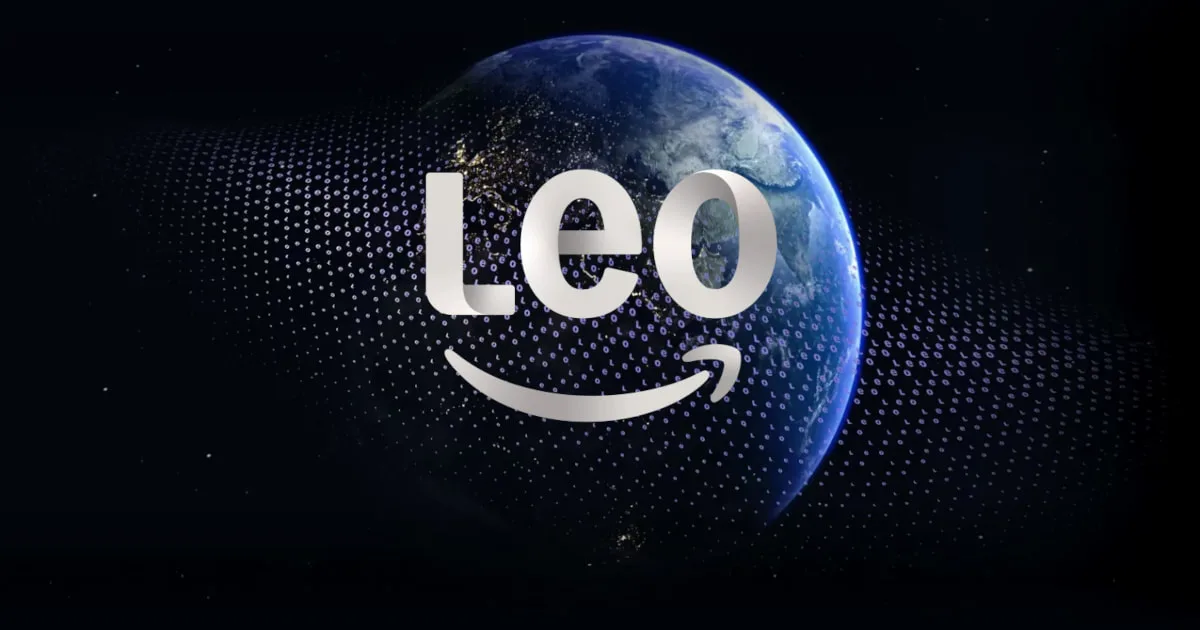Broadband Labels Now on All Internet Plans
Smaller ISPs must also make plan details transparent for consumers
Oct 15, 2024 | Share
News
As of Oct. 10, 2024, all internet service providers (ISPs) will be required to display broadband information labels alongside their internet plans. Often referred to as “broadband nutrition labels” due to their similar look and role to the nutrition labels required on all food sold in the U.S., these broadband labels rolled out earlier this year for larger providers.
These labels are great for internet users, preventing them from being hit by hidden fees and price hikes that used to be much more common among internet plans. We’re going to walk you through what you should expect from providers and how you can make sure you’re getting the best internet plan for your online needs.
What are broadband nutrition labels?
Broadband information labels were created as part of the Infrastructure Investment and Jobs Act passed in 2021. As part of its goal to improve broadband infrastructure, it directed the FCC to create clear labels for internet plans that providers were required to display.
These labels must be prominently displayed next to the plans (not in the fine print or linked on a different page) and available in customers’ online portals so that they can easily look up the information for their current plan. The labels must also be machine readable for third parties to easily aggregate and create better comparison shopping tools.
We have a more detailed breakdown of the information contained on these labels in our broadband labels explainer.
Are you looking for information on the providers that cover your area?
Enter your zip code below to see your options.
All plans should now be labeled
Although the labeling requirement went into effect earlier this year, smaller ISPs with fewer than 100,000 subscribers were given until Oct. 10 to begin labeling their plans. That means that even the smallest regional ISPs should be making their plans’ speed, cost, and fees clear to potential customers while they’re still comparing their options.
This is good news for consumers. It also means that it should be easy to compare plans from huge, nationwide providers alongside small, local ones at a glance.
How are providers displaying broadband labels?
At this point, all providers have these labels both in stores and on their websites, but some do a much better job than others.
One of the concessions made to ISPs during the drafting of this requirement was not to require them to be displayed until after the user has entered their address. Many nationwide providers have pricing and plans that differ by region, which means that they technically have dozens of plans. Since it’s not particularly helpful to have a screen filled with mostly irrelevant labels, ISPs aren’t required to post labels until after they’re able to narrow down which region a potential customer is in.
Unfortunately, some ISPs hold labels back until even later in the user experience—in some cases not showing the labels until you’re putting a plan in your shopping cart. The whole point of the labels is to help internet users easily compare plans, so they should be shown as soon as users start comparing. If the provider’s page is telling you about Plan A, Plan B, and Plan C, there should always be a broadband label visible on that page.
What can internet users do?
You now have the right to be shown a clear and comprehensive broadband label when you’re shopping for an internet plan. You shouldn’t be surprised by fees or tricked into signing up for an inadequate plan. If you’re on an ISP’s website and you can’t find the labels for their plans, you have a few options:
- File a complaint with the FCC
- Choose a different provider that respects your right to information
- Compare plans on a trusted third-party site (like us!)
Broadband labels don’t fix every problem with the telecom industry, but they are a huge win for consumer protection. They simplify shopping for internet plans and expose any hidden fees and other unpleasant surprises that have often been hidden in the terms of service.
Overall, broadband labels are an important step toward helping everyone have a better experience using the internet.
Author - Peter Christiansen
Peter Christiansen writes about telecom policy, communications infrastructure, satellite internet, and rural connectivity for HighSpeedInternet.com. Peter holds a PhD in communication from the University of Utah and has been working in tech for over 15 years as a computer programmer, game developer, filmmaker, and writer. His writing has been praised by outlets like Wired, Digital Humanities Now, and the New Statesman.
Editor - Jessica Brooksby
Jessica loves bringing her passion for the written word and her love of tech into one space at HighSpeedInternet.com. She works with the team’s writers to revise strong, user-focused content so every reader can find the tech that works for them. Jessica has a bachelor’s degree in English from Utah Valley University and seven years of creative and editorial experience. Outside of work, she spends her time gaming, reading, painting, and buying an excessive amount of Legend of Zelda merchandise.


